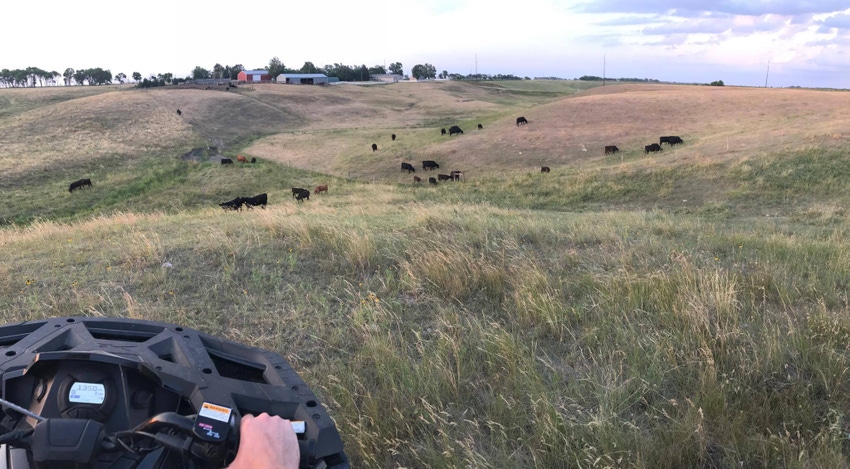To grow more grass to increase forage availability, we must think like grass farmers first and cattlemen second. Here are two strategies to become a better forage producer.
July 8, 2018

During the summer months, there are a lot of coffee talk discussions about grass availability. During a season that is typically dry, windy and hot, having plenty of forage for the cattle is a major concern, and what’s found in the bottom of the rain gauge becomes a topic of high priority.
Ranchers are always exploring ways to get the most out of every blade of grass. We are always looking to affordably stockpile forages for the winter months. And we try to cheapen our feed bills by grazing crop residues and cover crops to extend the grazing season.
Yet, as Dave Pratt for Ranch Management Consultants of Fairfield, Calif., recently pointed out, it’s not as often that we discuss ways to grow more grass instead of just efficiently using the grass we have.
In an article titled, “Cowboys and Grassmen,” Pratt references stockman Bud Williams who once said, “Ranchers love their cows and hate their grass.”
Pratt writes, “Bud thought they had it backwards. They should love their grass and hate their cattle. I know that Bud didn’t really hate cattle or think that anyone else ought to hate them, but his point was that for a livestock business to be profitable, it must be a grass business first.”
READ: The combination of sheep & cattle really works
So, if we are looking to get more grass out of each pasture instead of just using what we have wisely, what are some ways to significantly increase production levels?
Pratt suggests two strategies.
1. Adequate recovery time
Pratt explains, “It’s almost as though we don’t care how much we grow as long as it gets used efficiently. Tactics that increase the efficient use of forages include shortening graze periods, increasing stock density and matching the number and type of animals to the resource.
“But these tactics are unlikely to significantly affect the amount of grass we grow. Providing adequate recovery for plants after grazing is the single biggest factor affecting pasture and range productivity. Not providing enough recovery is the single biggest problem in grazing management.”
2. Leave plenty of cover
“A second factor reducing productivity is grazing pastures too severely during the growing season,” says Pratt. “Leaving plenty of leaves on plants reduces the recovery period plants need and maximizes plant growth after grazing. Leaving plenty of cover on the soil improves water penetration and increases the soil’s moisture holding capacity, which extends the growing season and increases productivity.
“Unfortunately, when we focus on ‘efficient utilization,’ a lot of us graze pastures too severely, taking too many leaves and removing too much cover, reducing our overall productivity.”
READ: Prioritize soil health for better grass & livestock
Most of us are in the cattle business because we love livestock, but it may behoove us to switch our thinking to focus on range health first and the cattle second. That, Pratt says, is what will “separate the men from the boys in the ranching business.”
Pratt says, “We would be much healthier economically and ecologically if we would focus on growing abundant forage before we worry about how efficiently our animals will use that forage.”
The opinions of Amanda Radke are not necessarily those of beefmagazine.com or Farm Progress.
About the Author(s)
You May Also Like





